Dr. Hamid Ali Samimi: The Paralympic Movement is an Opportunity for Awareness, Vitality, and Development of Disability Sports in the Country
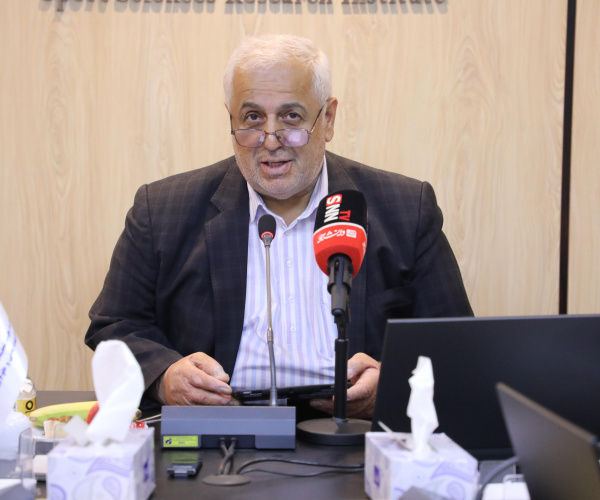
The Secretary-General of the National Paralympic Committee stated that the development of sports for veterans and persons with disabilities not only leads to sporting excellence but also contributes to improving public health, happiness, and social awareness — a goal that requires comprehensive planning and interinstitutional collaboration.
According to the Public Relations Office of the Institute of Physical Education and Sport Sciences, Dr. Hamid Ali Samimi, Secretary-General of the National Paralympic Committee, speaking at the specialized seminar “From Sacrifice to Glory: The Path of Formation and Flourishing of the Paralympic Movement in the Islamic Republic of Iran,” hosted by the Institute, extended congratulations on National Paralympic Week and White Cane Safety Day. He emphasized the importance of a scientific and cultural approach to disability sports.
Citing official statistics, Dr. Samimi stated: “According to the Welfare Organization, about 10 percent of the country’s population lives with some form of disability, and if their families are also considered, more than 20 million people are directly or indirectly affected by rehabilitation-related issues.”
Reviewing the historical background of sports for persons with disabilities in Iran, he added: “Disability sports in Iran began in 1980 with the establishment of the Federation of Sports for Veterans and Disabled Persons. Following the Iran–Iraq War, the participation of war veterans gave new momentum to the development of competitive sports among persons with disabilities. In the 1980s and 1990s, these athletes, through perseverance and dedication, achieved remarkable success and became inspiring role models for younger generations.”
Dr. Samimi emphasized that engagement in this field requires sincerity and expertise rather than pity or charity: “Working in disability sports must stem from genuine motivation, professional knowledge, and purposeful management. Athletes in this domain need continued support, proper equipment, and cohesive planning to reach championship levels.”
Highlighting the role of families and communities in developing disability sports, he said: “Raising awareness among families and creating inclusive sports opportunities at home, in schools, villages, and cities form the first step in expansion. Currently, around 1,800 special education schools operate nationwide, serving more than 82,000 students with disabilities—these institutions urgently need qualified and trained coaches.”
Referring to the structural independence of the National Paralympic Committee, Dr. Samimi noted: “After years of effort, the National Paralympic Committee became officially autonomous in 2016, enabling it to focus on elite sport development and strengthening infrastructure. However, the share of disability sports in the national budget remains limited, and interagency cooperation must be intensified to address this gap.”
Citing the international achievements of Iranian Paralympians, including Sareh Javanmardi, Zahra Nemati, and Hadi Rezayee, he noted: “These figures are symbols of determination and hope who can inspire millions. Universities and sports science scholars can cooperate with the Committee and federations by focusing their research and theses on disability sports, bridging the gap between science and practice.”
Dr. Samimi stressed that “the Paralympic movement pursues three major objectives: honoring special groups within society, fostering social inclusion for persons with disabilities, and raising public awareness of their capabilities.” Achieving these goals, he said, requires the synergy of government bodies, NGOs, schools, universities, and families.
In conclusion, he underlined the importance of developing community-based and local sports: “We must create sporting opportunities for persons with disabilities everywhere—from homes to schools and public spaces. Mobilizing institutions, volunteers, and local organizations can drive social vitality, talent identification, and the successful participation of differently abled athletes at national and international levels.”
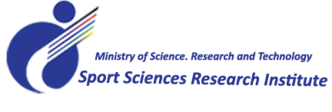
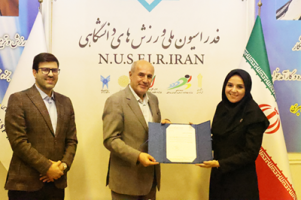
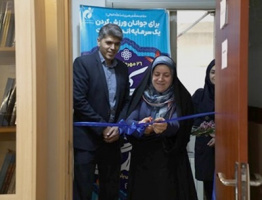
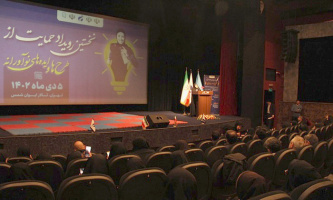
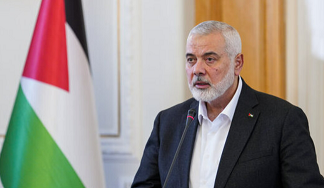
Your Comment :